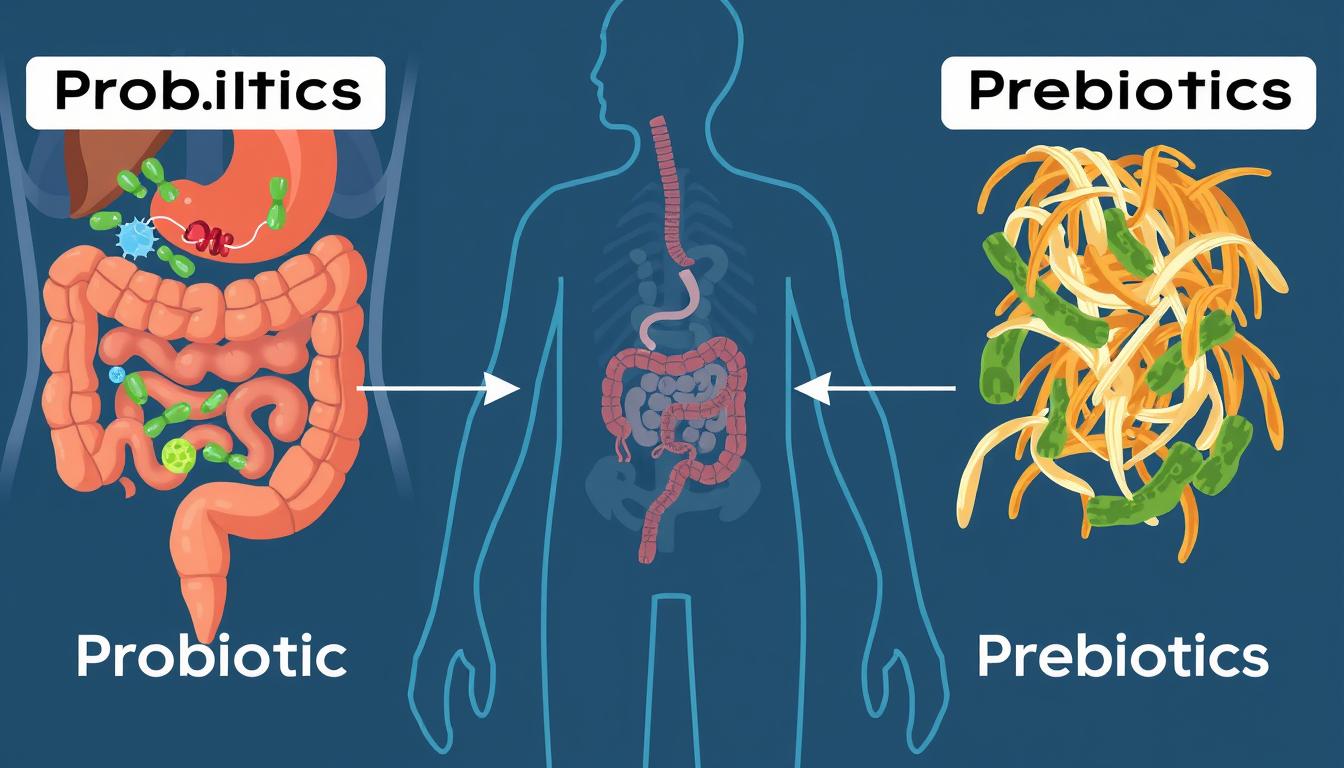
If you’ve been exploring ways to improve your gut health, you’ve likely encountered the terms probiotics and prebiotics. While they sound similar, these two components play distinctly different roles in supporting your digestive system and overall wellbeing. Understanding the difference between probiotics vs prebiotics is essential for making informed choices about your gut health journey. In this guide, we’ll break down what each one does, how they work together, and which foods can help you maintain a balanced gut microbiome.
Let’s start with the basics. Though they sound similar, probiotics and prebiotics serve completely different functions in your digestive system.
Probiotics are live beneficial bacteria and yeasts that naturally reside in your gut. Think of them as the “good” microorganisms that help maintain balance in your digestive system. When you consume probiotics (either through food or supplements), you’re adding more of these helpful bacteria to your existing gut microbiome.
The most common types of probiotic bacteria include strains from the Lactobacillus and Bifidobacterium families. These friendly bacteria help break down food, communicate with your immune system, and keep inflammation at bay.
Prebiotics, on the other hand, are specialized plant fibers that act as food for the probiotic bacteria. Your body cannot digest these compounds, so they pass through your digestive system until they reach your lower digestive tract, where they become fuel for beneficial bacteria to grow and thrive.
Simply put: If probiotics are the beneficial bacteria in your gut, prebiotics are what feed them and help them multiply. Without adequate prebiotics, your probiotic bacteria can’t function optimally or reproduce effectively.
| Characteristic | Probiotics | Prebiotics |
| Definition | Live beneficial bacteria and yeasts | Non-digestible food components that feed beneficial bacteria |
| Function | Populate the gut with good bacteria | Nourish and stimulate growth of existing good bacteria |
| Sources | Fermented foods, supplements | High-fiber foods, certain carbohydrates |
| Survival in Digestion | Can be destroyed by stomach acid and heat | Not affected by heat or stomach acid |
| Examples | Yogurt, kefir, sauerkraut, kombucha | Garlic, onions, bananas, oats, apples |
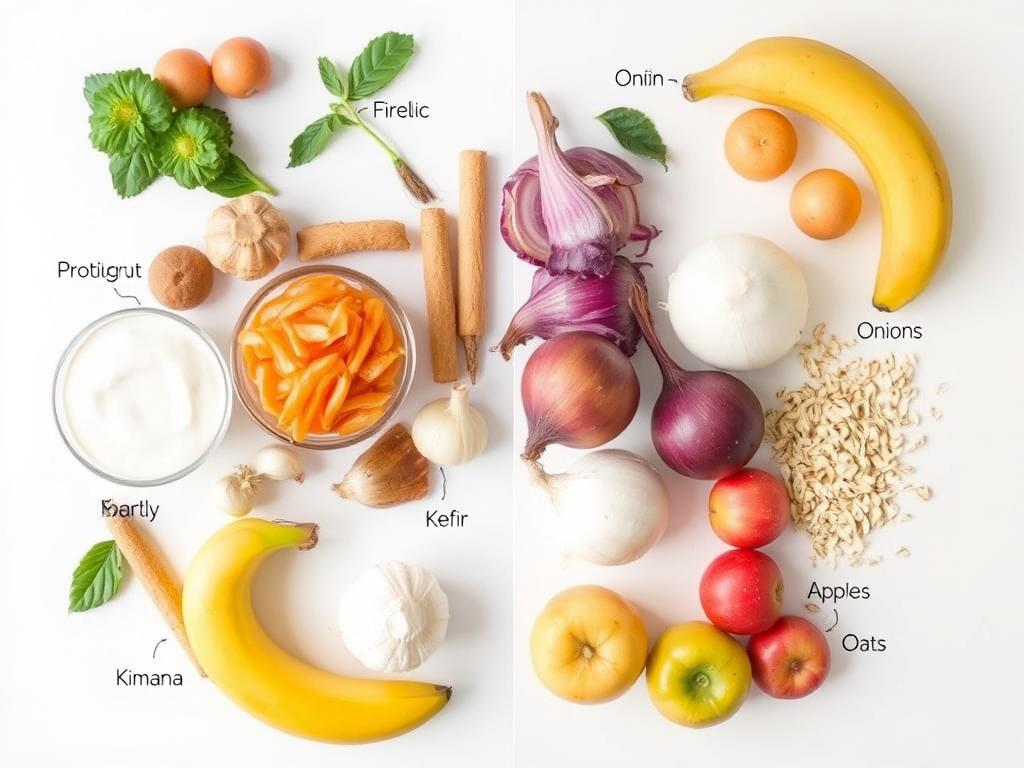

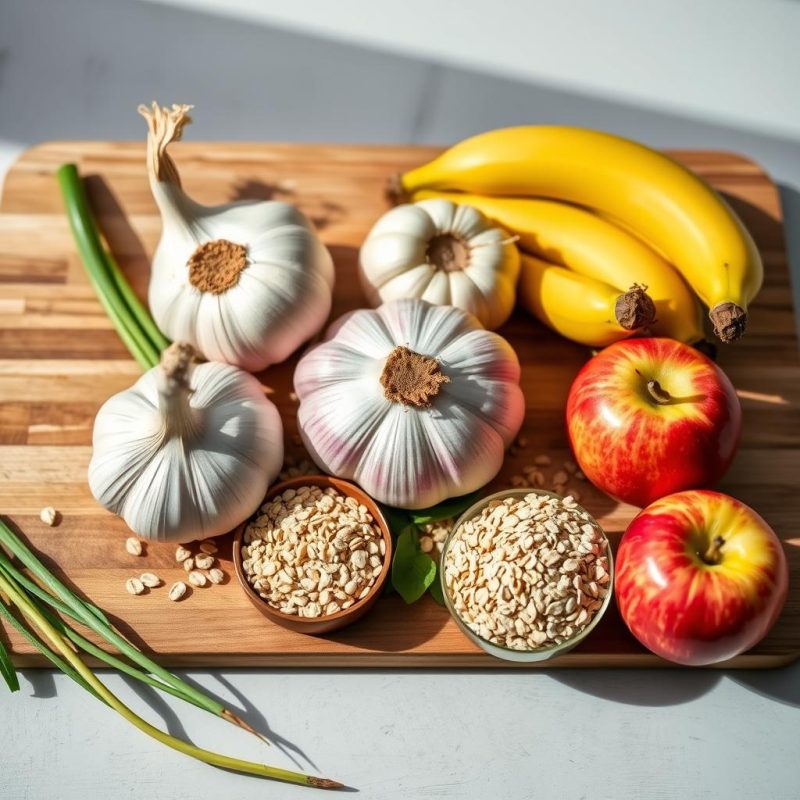
Discover how our patented Neuroresin Formula in Shilajitcore+ can complement your gut health regimen and support overall wellness.
One of the best ways to support your gut health is through your diet. Here’s a comprehensive list of foods rich in probiotics and prebiotics:
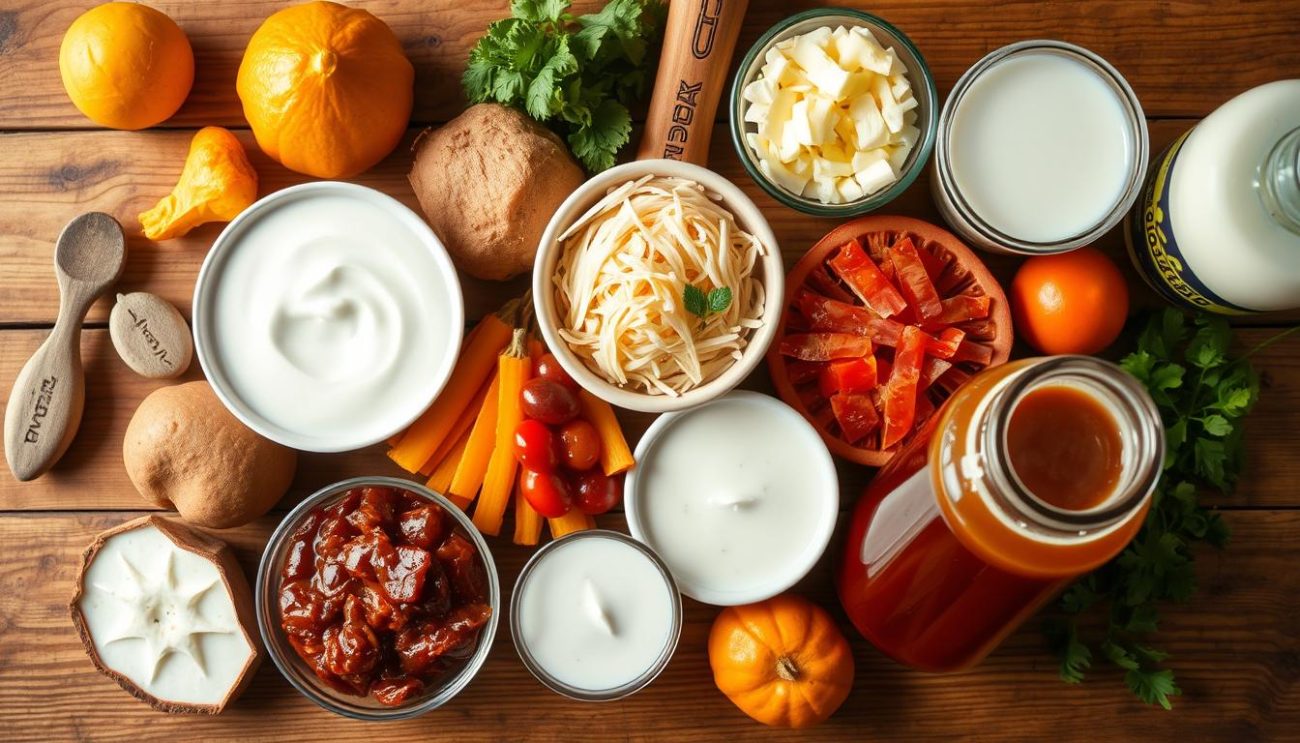
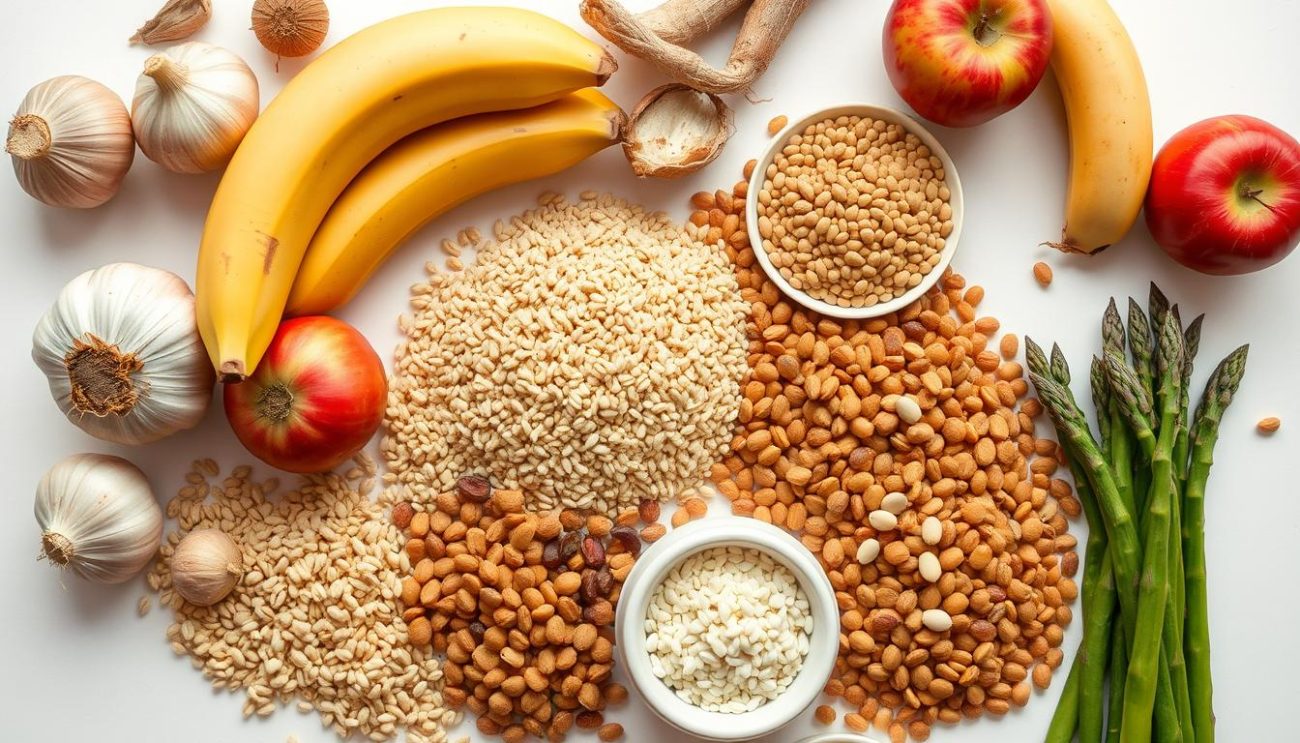
Pro Tip: For maximum gut health benefits, include both probiotic and prebiotic foods in your diet regularly. This combination, sometimes called “synbiotics,” provides both the beneficial bacteria and the food they need to thrive.

Yes, not only can you take them together, but it’s actually beneficial to do so. When probiotics and prebiotics are combined (either in your diet or in supplements), they’re called “synbiotics.” This combination is particularly effective because the prebiotics provide food for the probiotics, helping them survive and thrive in your gut.
Neither is inherently “better” than the other—they serve different but complementary functions. Probiotics add beneficial bacteria to your gut, while prebiotics feed the good bacteria already there. For optimal gut health, most experts recommend including both in your diet. If you have specific health concerns, consult with a healthcare provider about which might be more beneficial for your particular situation.
Most people can get adequate probiotics and prebiotics from a diverse, fiber-rich diet that includes fermented foods. However, supplements may be beneficial in certain situations, such as after antibiotic treatment, for specific health conditions, or when dietary restrictions limit intake of probiotic or prebiotic foods. Always consult with a healthcare provider before starting any supplement regimen.
The timeline varies depending on your individual gut microbiome, current health status, and what specific products or foods you’re consuming. Some people notice digestive improvements within a few days, while others might take several weeks to experience benefits. Consistency is key—regular consumption tends to yield better results than occasional use.
Most people tolerate probiotics and prebiotics well, but some may experience temporary digestive symptoms like gas, bloating, or changes in bowel movements, especially when first starting them. These symptoms typically subside as your body adjusts. Start with small amounts and gradually increase to minimize potential discomfort. People with compromised immune systems, serious health conditions, or those taking certain medications should consult a healthcare provider before use.

Based on current research and expert recommendations, here are some practical tips for incorporating probiotics and prebiotics into your daily routine for optimal gut health:
“I struggled with digestive issues for years until I started incorporating both probiotic and prebiotic foods into my daily routine. The transformation in my energy levels and overall wellbeing has been remarkable. Shilajitcore+ has been an incredible addition to my gut health regimen, providing that extra support I needed.”
— Michael T., Shilajitcore+ Customer

Understanding the difference between probiotics vs prebiotics is the first step toward optimizing your gut health. While probiotics introduce beneficial bacteria to your digestive system, prebiotics provide the essential nourishment these bacteria need to thrive. Rather than choosing between them, the ideal approach is to incorporate both into your diet regularly.
Remember that everyone’s gut microbiome is unique, so what works best for one person may differ for another. Listen to your body, make gradual changes, and consult with healthcare professionals if you have specific health concerns or conditions.
By making informed choices about including both probiotics and prebiotics in your daily routine, you’re taking a significant step toward supporting not just your digestive health, but your overall wellbeing.
Our patented Neuroresin Formula works synergistically with your body’s natural processes to support optimal cellular vitality and overall wellness. Experience the difference that our Bio-Optimized formula can make in your health journey.
